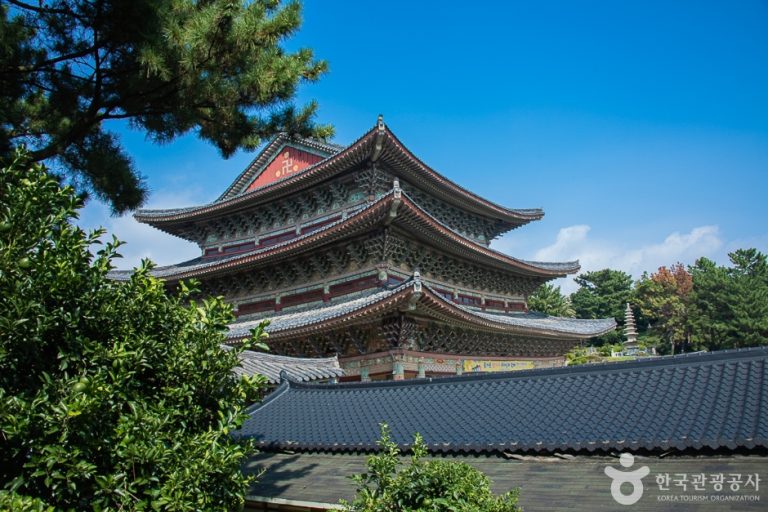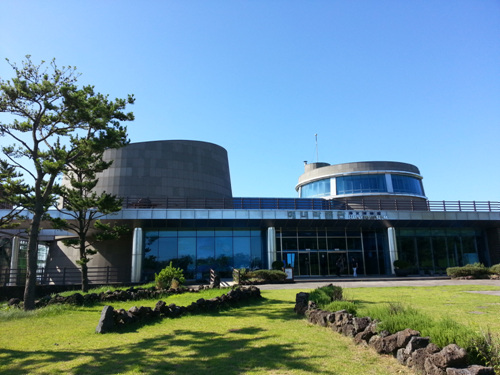Munseom, Seopseom, Beomseom, and Saeseom Islands (문섬 / 섶섬 / 범섬 / 새섬)
Munseom, Seopseom, Beomseom, and Saeseom Islands (문섬 / 섶섬 / 범섬 / 새섬)
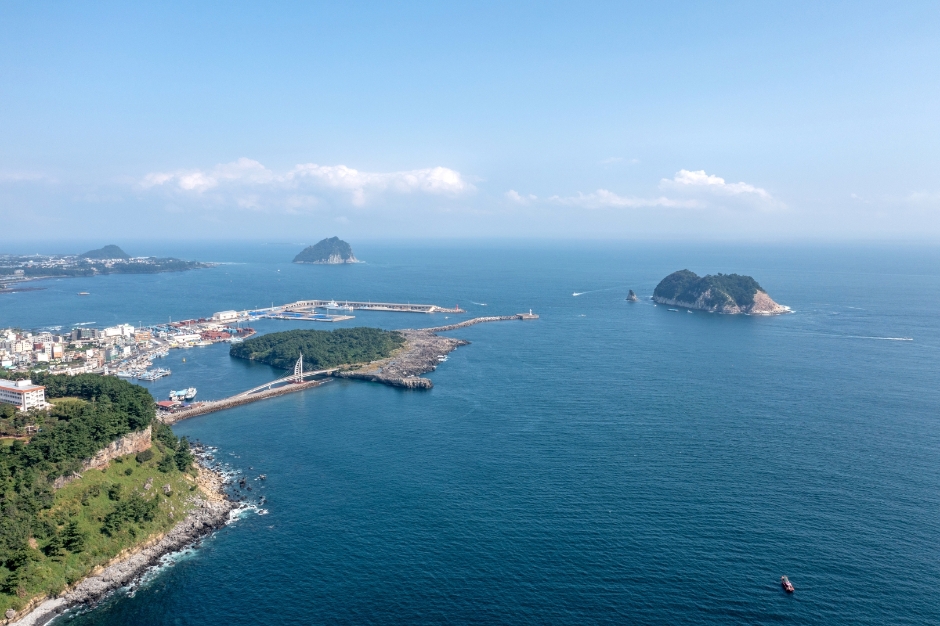 – Homepage
– Homepage
https://www.visitjeju.net/kr
These islands are part of Seogwipo Provincial Marine Park. Munseom, Seopseom, and Beomseom Islands are natural monuments and part of the UNESCO Biosphere Reserves. They can be visited by cruise ship. Saeseom Island, an uninhabited island and a tropical forest reserve, is known as a skin scuba spot and a marine ecosystem treasure trove.
– Address : 43 Namseongjung-ro, Seogwipo-si, Jeju-do
※ Presentation Information
– Information and Guides
+82-64-710-6656 / +82-64-760-3192
– Parking
Available
– Day Off
Depends on weather conditions
– Operating Hours
[Munseom/Seopseom/Beomseom Islands] Cruise ship operating hours
[Saeseom Island] Open 24 hrs
– Admission Fees
Free
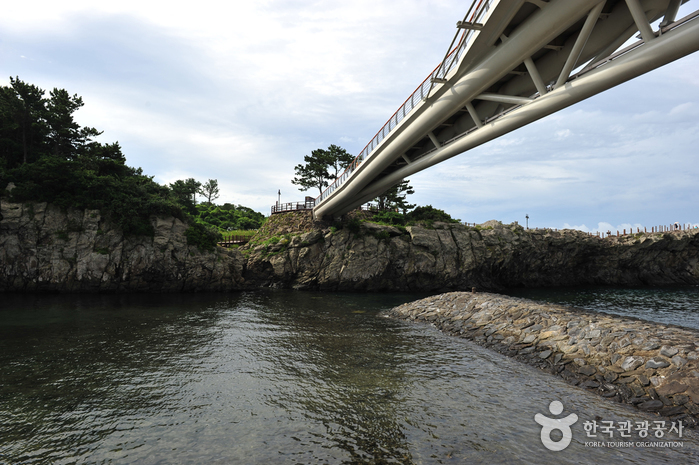




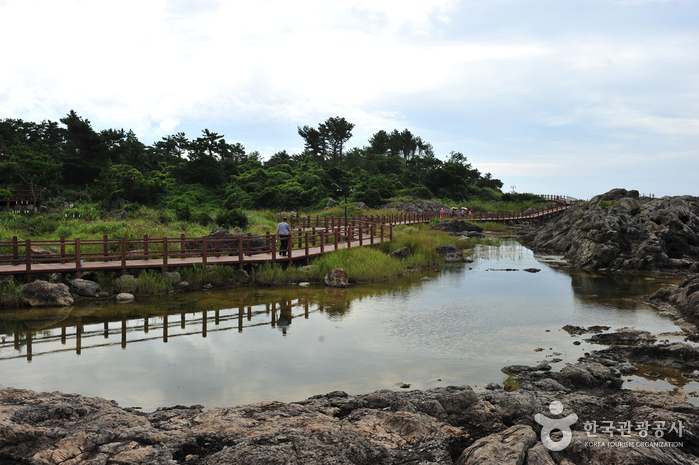
◎ Nearby Tourism Infobox
⊙ Seogwipo Submarine (서귀포잠수함 )
View detailed guide on Korea Trip Guide →

– Homepage
www.submarine.co.kr (Korean, English, Chinese)
– Tel
+82-64-732-6060
Seogwipo Submarine offers tours to explore Munseom Island, a habitat for soft coral reefs. Operating the 67-passenger tourist submarine, the “Jiah,” visitors can enjoy a variety of attractions at different depths. From vibrant schools of fish to diver shows, and even the wreckage of a sunken ship at a depth of 40 meters, there’s plenty to see. Munseom Island is a designated natural reserve, renowned globally as a diving hotspot, boasting colorful coral reefs and stunning underwater landscapes teeming with marine life.
⊙ Saeyeongyo Bridge (Saeseom Island) (새섬 새연교)
View detailed guide on Korea Trip Guide →
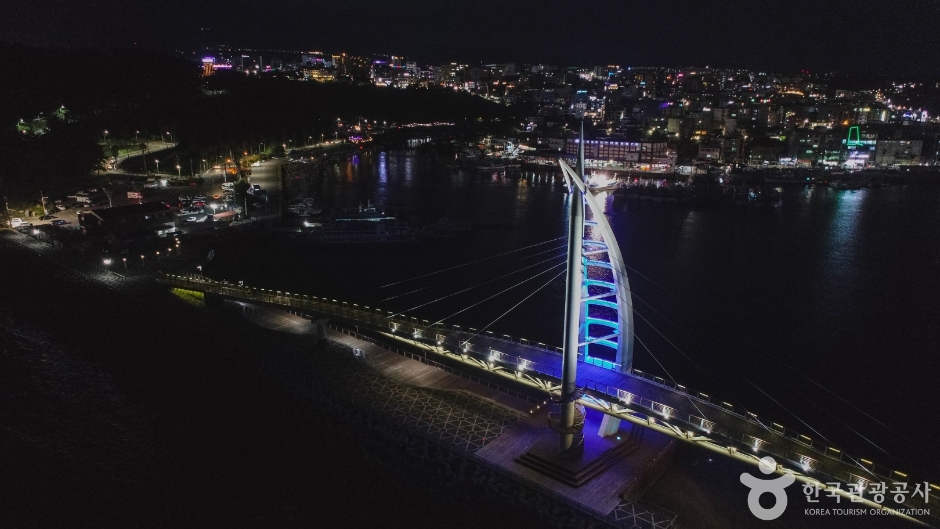
– Homepage
https://www.visitjeju.net/
Seogwipo Tourism Department website : https://www.seogwipo.go.kr
– Tel
+82-64-760-3471
Saeyeongyo Bridge connects Seogwipo Port to the uninhabited Saeseom Island. Its name means “a bridge creating new relationships.” The walking path features musical benches and is renowned for its sunset and night views. There is a beautiful musical fountain show twice a day. It’s a pleasant walk from Cheonjiyeonpokpo Falls, crossing the Saeyeongyo Bridge to Saeseom Island.
⊙ Cheonjiyeonpokpo Falls [UNESCO Global Geopark] (천지연폭포 (제주도 국가지질공원))

– Homepage
geopark.jeju.go.kr
– Tel
+82-64-710-3945
The water of Cheonjiyeonpokpo Falls appears to fall from the heavens, giving it its name, meaning “sky connected with land.” The wooded area around the falls is home to the wild dampalsu trees, designated as Natural Monument, as well as a great variety of rare plants such as brambles, and songyeopnan as well as gusiljappam trees, sanyuja trees (Chinese lemon trees), and camellias. All together, this forest is designated as Natural Monument. The waterfall is 22 meters high, 12 meters wide and 20 meters in depth. The clear and deep water of Cheonjiyeonpokpo Falls is designated as Natural Monument No. 27 and is renowned as a habitat for Mutae eels (Natural Monument).
⊙ Suhui Sikdang (수희식당)
Suhui Sikdang is a restaurant that specializes in Jeju’s local cuisine. The signature menu item is jeonbok ttukbaegi (abalone hot pot), a dish made with fresh abalone and seafood sourced from Jeju’s pristine waters. Sea urchin soup and galchi soup, unique to Jeju, are also popular choices. Additionally, the nearby Cheonjiyeonpokpo Falls is a great attraction to visit.
⊙ GS25 – Seogwi Ocean Branch [Tax Refund Shop] (GS25서귀오션점)
–
⊙ Downtown Night Tour: The Season for Jeju Island Nights (원도심 야간여행 ‘섬夜시즌’ 운영)
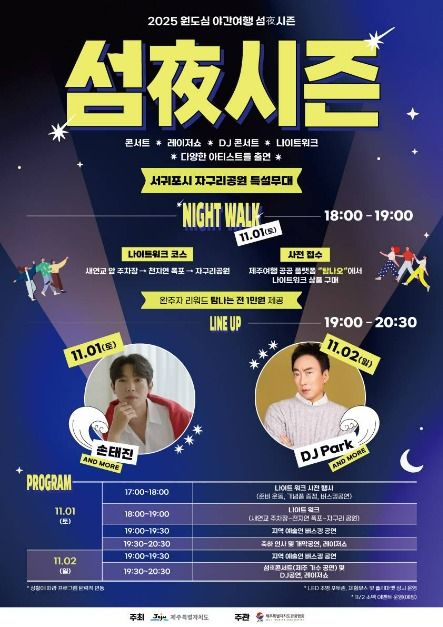
– Homepage
www.visitjeju.or.kr
– Tel
+82-64-741-8754
The festival features various performances and events, making it perfect for enjoying Jeju’s autumn ambiance with family, friends, or loved ones. It also features the Season Night Walk, allowing participants to momentarily set aside their daily busyness and connect with nature in the serene night. The course takes visitors along landmarks by the night sea.
⊙ Seonimgyo Bridge (선임교)
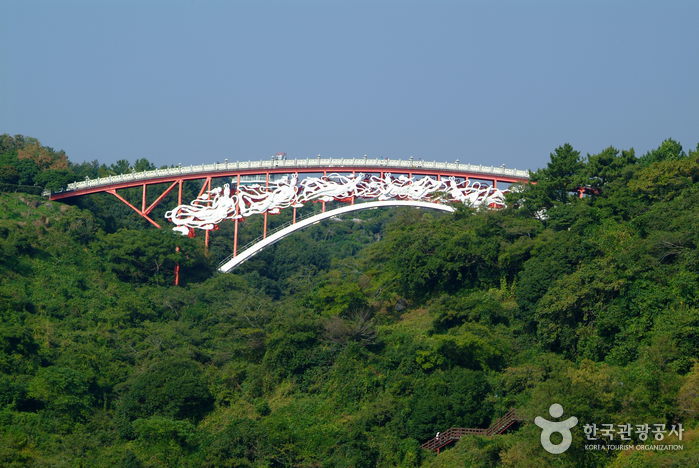
– Homepage
http://www.grandculture.net
Seonimgyo Bridge is a 130-meter-long arched iron bridge connecting Cheonjeyeonpokpo Falls to the Jungmun Tourist Complex. Legend says that the Seven Fairies descended from the sky and landed on the bridge, hence earning the name “Seonimgyo.” The bridge is also known as the Fairy Bridge or the Cloud Bridge, and there are statues of the Seven Fairies on both sides of the bridge. Thirty-four stone lanterns between the 100 railings make it a beautiful night view spot.
⊙ Lee Jung Seop Art Gallery (이중섭 미술관)
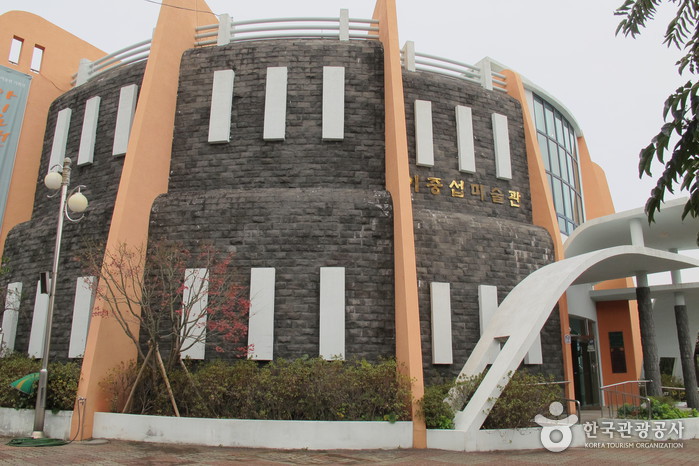
– Homepage
culture.seogwipo.go.kr/jslee
– Tel
+82-64-760-3567
Artist Lee Jung-seop is known for his paintings, reminicent of Fauvism, of which “White Ox” is most famous. During the Korean War, he spent a year as a refugee in Seogwipo with his Japanese wife and two sons in a small leased house, where he produced many masterpieces.
Although the stay was temporary, it was one of the happiest times for Lee and certainly the most productive. Recognizing his importance, the city of Seogwipo purchased the house and turned it into the Lee Jung Seop Memorial Hall. The street in front of his house, which he walked day and night, was renamed Ijungseop-ro Street. Lee Jung Seop Gallery is just behind the restored house. The gallery houses over 8 masterpieces by Lee Jung-seop and 52 works by modern Korean painters, all of which were donated to Seogwipo city by Lee Ho-jae (CEO of Gana Art).
⊙ Negeori Sikdang (네거리식당)
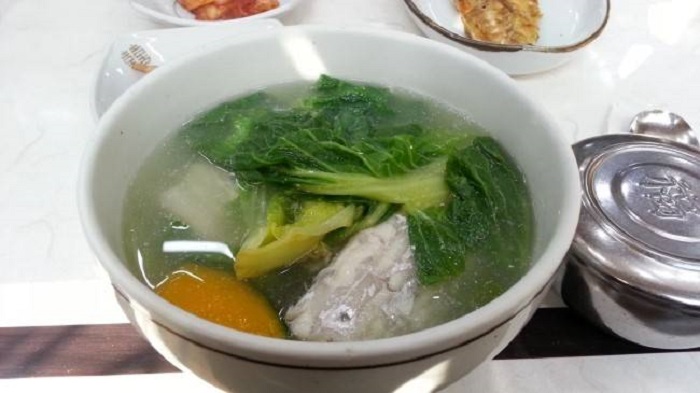
– Tel
+82-64-762-5513
Negeori Sikdang, located on Seogwipo’s Arangjoeul Food Street (Gourmand Alley), specializes in seafood and fish dishes. They use fresh cutlassfish and mackerel caught from the waters of Jeju. Their signature dish is galchi gui (grilled cutlassfish). Additionally, they offer delicacies like seonggeguk (sea urchin soup), okdom miyeokguk (red tilefish and seaweed soup), and okdom gui (grilled red tilefish), which are all traditional Jeju dishes. Nearby attractions include Oedolgae Sea Stack and Cheonjiyeonpokpo Falls.

![Westwood – Gujeju Branch [Tax Refund Shop] (웨스트우드 구제주점)](https://ktrip.blogsailing.com/wp-content/uploads/2025/11/2887596_image2_1-1-20251124-023205-768x576.jpg)
